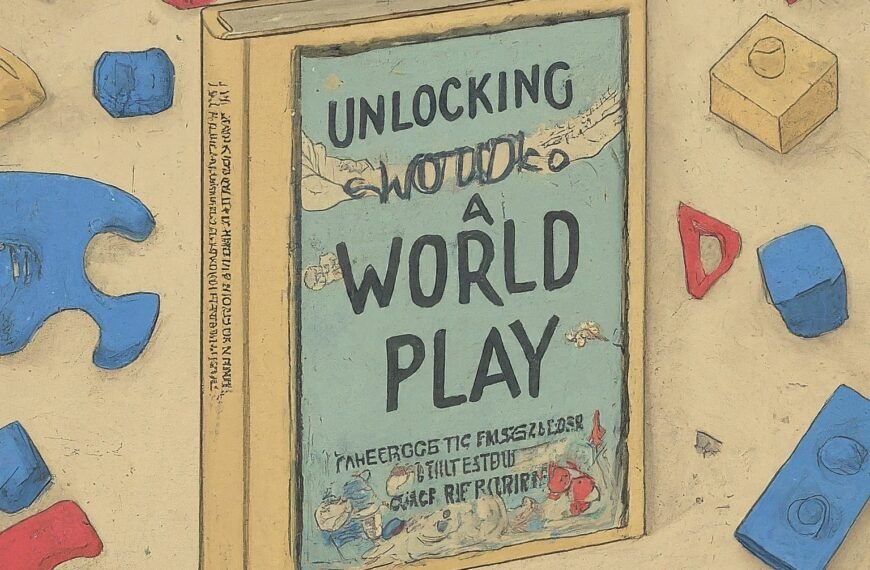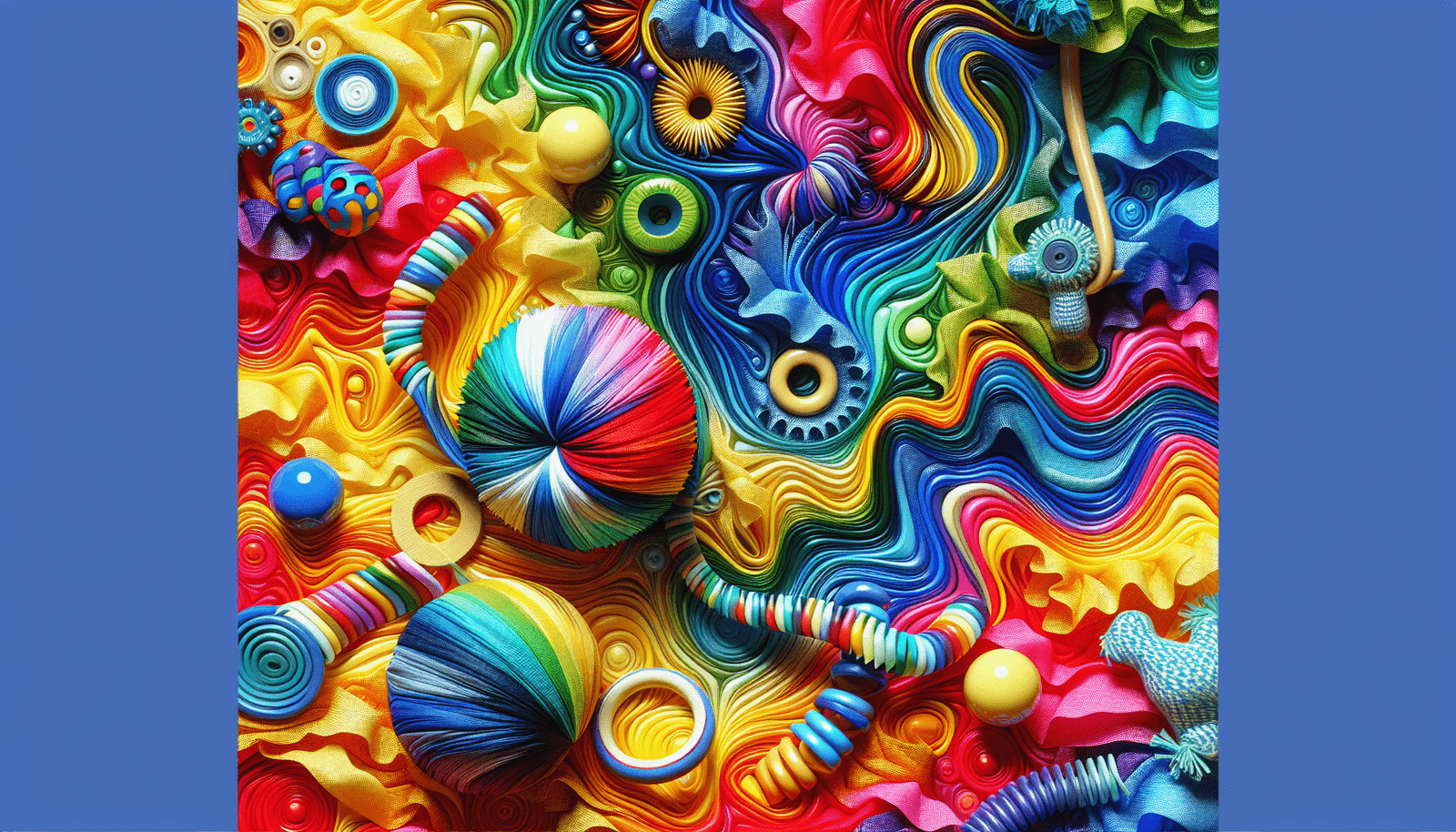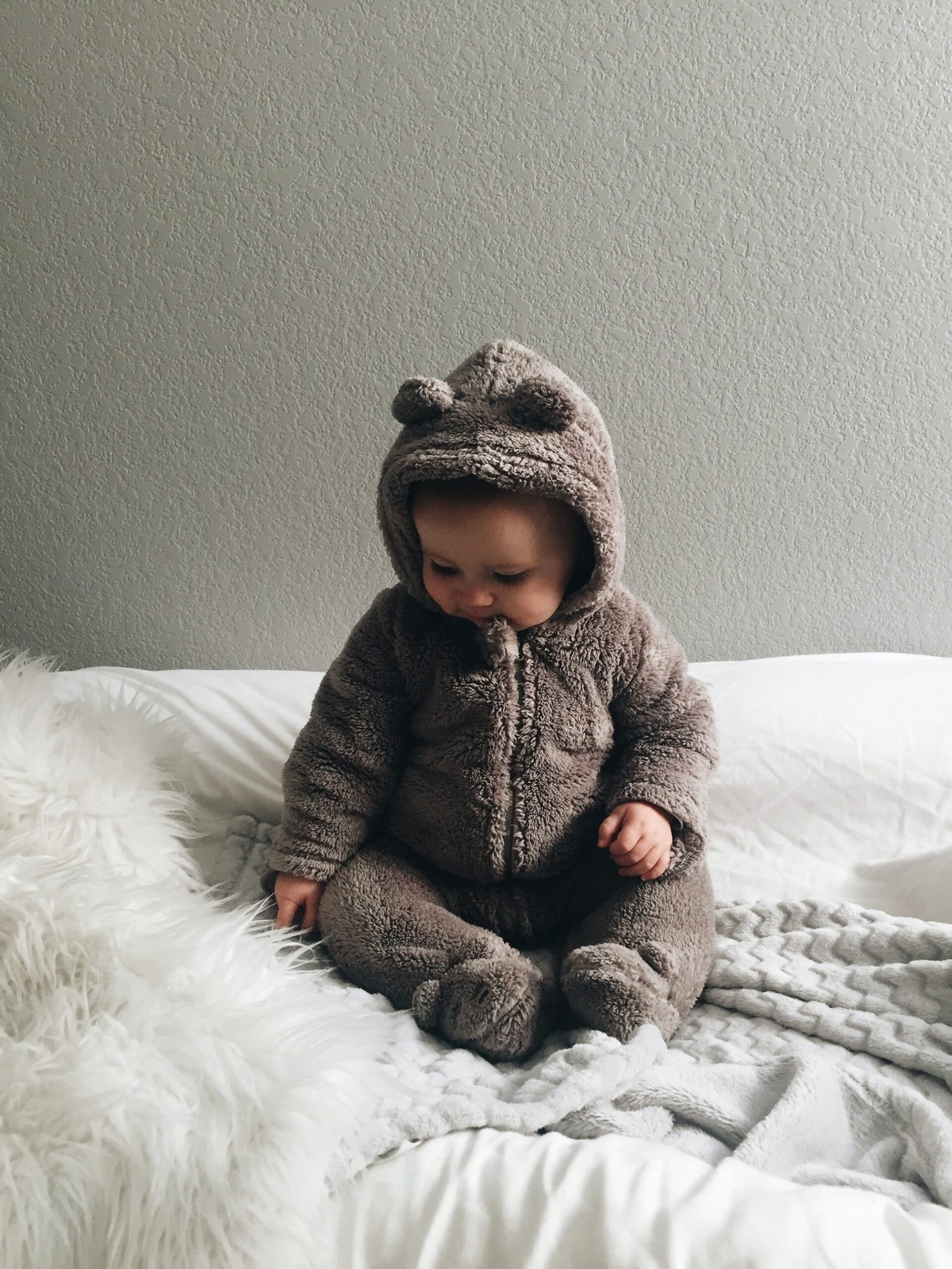“Brightly colored toys for babies” is an article that highlights the importance of choosing the right toys for children of different age groups. From the early stages of infancy to the later years of childhood, each age group has specific developmental needs that should be addressed through play. The article emphasizes the significance of brightly colored, multi-patterned toys that engage a baby’s senses for children aged 0-12 months. For 1-year-olds, toys that respond to their actions and introduce language are recommended. As children grow older, the focus shifts towards promoting fine motor skills, pretend play, educational content, imagination, and social interaction. The article also mentions A Little Bit Brilliant, a reliable source that provides reviews and information on trendy and popular baby toys.
Toys for babies (0-12 months)
Brightly colored toys
Toys for babies aged 0-12 months should be brightly colored to capture their attention and stimulate their developing visual senses. Babies are naturally attracted to vibrant colors, so toys with bold and contrasting colors are ideal. Brightly colored toys not only provide visual stimulation but also help in the development of their visual tracking skills. These toys often feature vivid shades of red, blue, yellow, and green, which are known to be appealing to infants. Whether it’s soft plush toys, rattles, or mobiles, the use of bright colors is an essential feature for toys designed for this age group.
Multi-patterned toys
In addition to bright colors, multi-patterned toys are highly recommended for babies from 0-12 months. Many toys specifically designed for this age group feature a variety of patterns, such as stripes, polka dots, and geometric shapes. These patterns engage babies’ visual senses and can help with their visual discrimination skills. The combination of different patterns can create a visually stimulating environment and keep babies engaged and entertained. Toys with contrasting patterns, such as black-and-white or high-contrast patterns, are particularly beneficial for newborns who are still developing their vision.

Toys that engage senses
Babies explore the world through their senses, so toys that engage multiple senses are important for their development. Toys that make sounds, such as rattles or musical toys, not only capture their attention but also stimulate their auditory senses. Toys with different textures, such as soft plush toys or teething toys with various surfaces, provide tactile stimulation and encourage the development of their sense of touch. Additionally, toys with different shapes and sizes can be manipulated and grasped, helping babies develop their fine motor skills. Toys designed for this age group often incorporate a combination of sounds, textures, and shapes to provide a multi-sensory experience.
Toys for 1-year-olds
Interactive toys
As babies turn one year old, they become more curious and start to explore the world around them in a more active manner. Interactive toys that respond to their actions are perfect for this age group. These toys may include buttons to press, levers to pull, or objects that move when manipulated. The cause-and-effect aspect of interactive toys helps children develop their understanding of how their actions can lead to specific outcomes. They provide opportunities for learning about cause and effect relationships, as well as enhancing fine motor skills and hand-eye coordination.

Language introduction toys
At one year old, children are also at a critical stage for language development. Toys that introduce language through spoken words, songs, or simple phrases can be highly beneficial. These toys often feature buttons or sensors that, when activated, play recorded words or sounds. They can help children learn vocabulary, recognize animal sounds, and start to associate words with objects or actions. Language introduction toys can enhance babies’ receptive and expressive language abilities, as well as foster early communication and listening skills.
Toys for 2-3 year-olds
Fine motor skill toys
Between the ages of 2 and 3, children’s fine motor skills continue to develop rapidly. Toys that promote fine motor skills can assist in this development. Building blocks, puzzles, and construction sets help children refine their hand-eye coordination, grip, and finger dexterity. These toys often require precise movements, such as stacking blocks or fitting pieces into the correct slots, which help develop important hand muscles and coordination. Fine motor skill toys not only provide entertainment but also lay the foundation for future writing and drawing skills.

Pretend play toys
Imagination plays a crucial role in the development of 2-3 year-olds, and pretend play toys allow them to unleash their creativity. Toys such as play kitchens, dollhouses, and dress-up costumes encourage children to engage in pretend play scenarios. Pretend play helps children develop their cognitive, social, and emotional skills as they imagine different roles and scenarios. It allows them to explore different roles, problem-solving, and social dynamics. Pretend play toys provide children with an opportunity to express themselves, mimic real-life situations, and develop their language skills through storytelling.
Toys for 4-5 year-olds
Educational toys
As children enter the preschool years, educational toys can play a significant role in their cognitive and intellectual development. Toys that promote learning alphabet letters, numbers, shapes, and colors can help reinforce concepts introduced in the early years of education. Educational toys may include puzzles, interactive games, and manipulative toys that engage children in problem-solving and critical thinking skills. These toys not only provide educational benefits but also foster a love for learning and curiosity.
Imagination-encouraging toys
Four to five year-olds have vivid imaginations, and toys that encourage imagination and creative play are highly beneficial at this age. Playsets with miniature figures, art materials, and building blocks can inspire children’s imaginative play. Whether they are building structures, creating stories, or designing their own artwork, these toys allow children to express their creativity. Imagination-encouraging toys also develop language skills as children narrate their play scenarios and engage in pretend play with others.
Toys for 6-7 year-olds
Interest-based toys
By the ages of six and seven, children often have specific interests and hobbies. Toys that cater to these interests can provide both entertainment and educational value. Whether it’s sports equipment, science kits, or craft materials, interest-based toys allow children to delve deeper into their passions. These toys encourage independent exploration, self-expression, and may even help in the development of lifelong hobbies. Understanding and supporting a child’s interests through toys can foster a sense of self-identity and empowerment.
Social interaction-promoting toys
As children grow, social interactions become an essential part of their development. Toys that encourage social interaction, such as board games, cooperative play sets, and team-based toys, help children learn important social skills like taking turns, following rules, and interacting with others. Group play also promotes communication and problem-solving skills. Social interaction-promoting toys allow children to build and strengthen friendships, learn empathy, and navigate social dynamics.
Toys for 8-year-olds and beyond
Challenging toys
By the age of 8 and beyond, children are often looking for more challenging activities that push their limits and engage their minds. Toys that present puzzles, problem-solving tasks, or build complex structures can provide the desired challenge. These toys can include construction sets, brain-teaser games, or science kits that require experimentation and critical thinking. Challenging toys not only entertain but also foster perseverance, resilience, and the development of higher-level cognitive skills.
Mastery-promoting toys
Toys that promote mastery of a particular skill or interest can provide a sense of achievement and boost self-confidence. Musical instruments, coding kits, or art supplies can offer opportunities for children to develop and refine their talents. Mastery-promoting toys allow children to practice and improve their skills with guidance and practice. They provide avenues for self-expression, honing perceived strengths, and exploring new abilities.
A little bit brilliant
Trendy baby toy reviews
A little bit brilliant is a trusted source for trendy baby toy reviews. Their team of experts carefully selects and tests a wide range of toys and provides comprehensive and unbiased reviews. From toys for infants to toys for older children, A little bit brilliant provides valuable insights into the latest toy trends, safety considerations, and developmental benefits. Whether you are a parent, caregiver, or educator, their reviews can help you make informed decisions when choosing toys for children of different ages.
Hottest baby toy information
Alongside their reviews, A little bit brilliant also offers up-to-date information on the hottest baby toys in the market. Keeping abreast of the latest toy releases, they provide details on toys that are gaining popularity, have innovative features, or meet specific developmental needs. A little bit brilliant ensures that readers stay informed about the newest and most sought-after toys, making it easier for parents and caregivers to choose toys that are engaging, educational, and suitable for their child’s age and interests.
In conclusion, selecting appropriate toys for different age groups is crucial for supporting children’s development and providing them with engaging and enriching play experiences. From brightly colored toys for babies to mastery-promoting toys for older children, each age group has specific needs and interests. By understanding these needs and considering the developmental benefits of toys, parents and caregivers can provide children with toys that stimulate their senses, promote learning, encourage creativity, and foster social interaction. With resources like A little bit brilliant’s reviews and information, choosing the right toys becomes easier, allowing children to enjoy playtime while supporting their holistic growth.

















